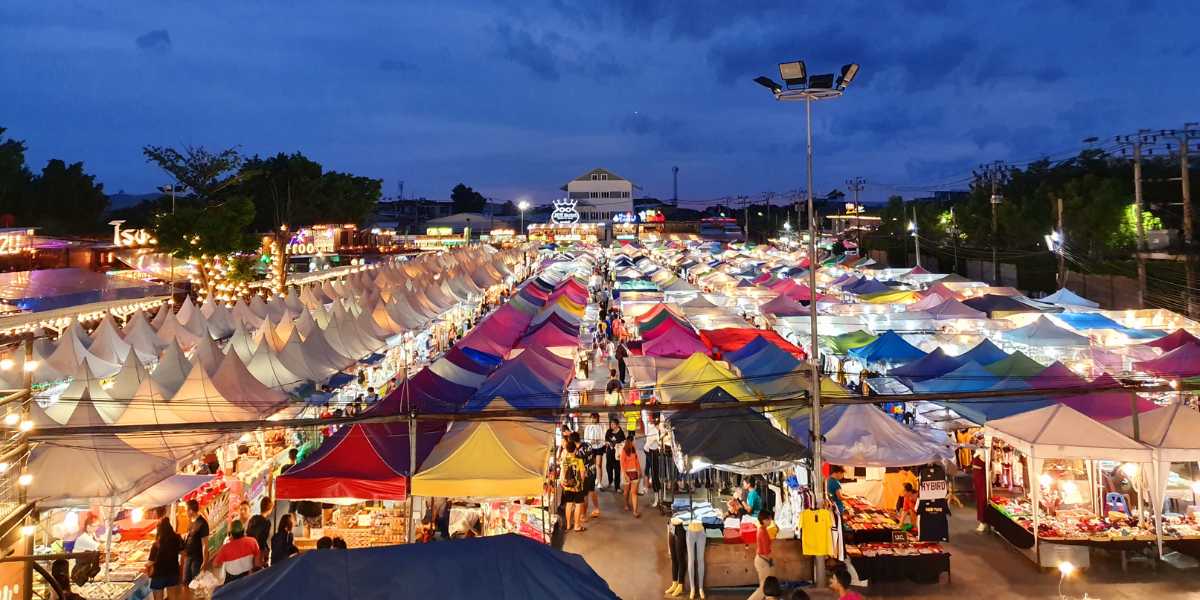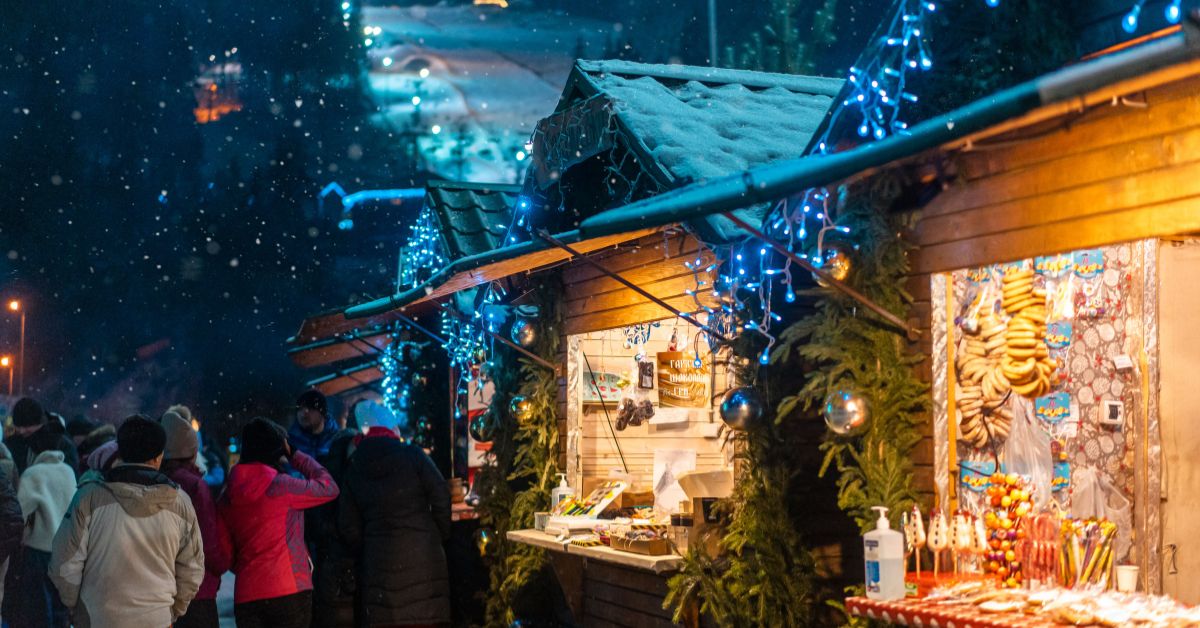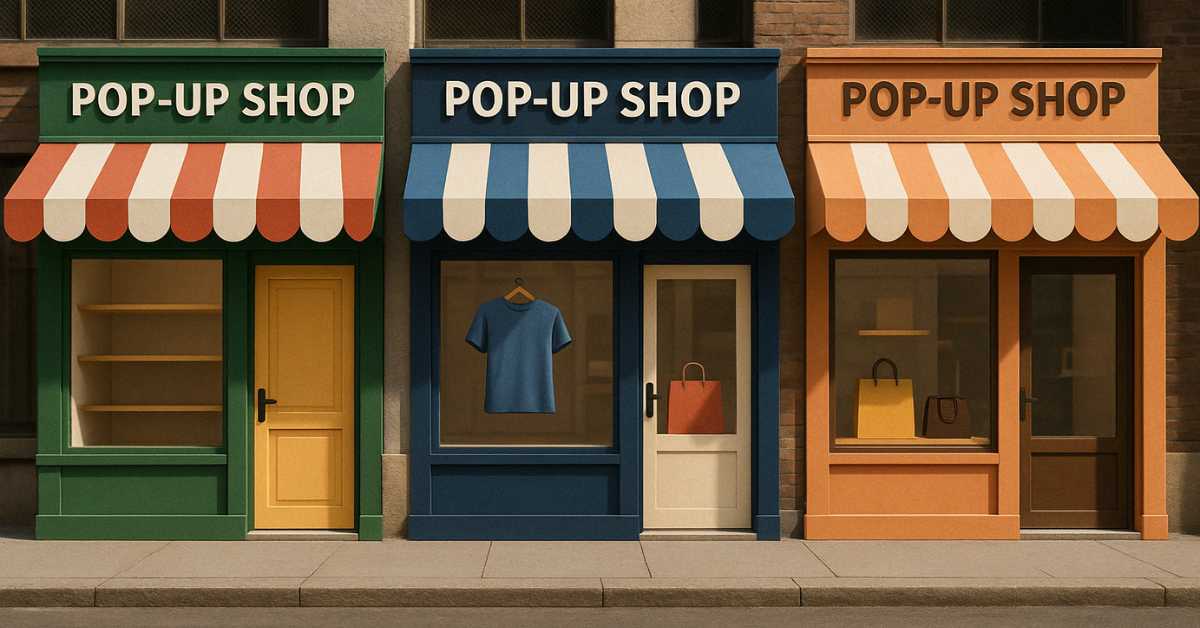Planning a pop-up shop can be an exciting opportunity for brands looking to expand their reach, test new markets, and directly engage with their customers. Whether you are a seasoned retailer or a new entrepreneur, setting up a pop-up shop involves careful planning and strategic execution. Here’s a step-by-step guide to planning your first pop-up shop, ensuring you cover all bases from concept to launch.
Step 1: Define Your Objectives
Before diving into the logistics, define what you want to achieve with your pop-up shop. Are you introducing a new product, increasing brand awareness, or testing a new market? Your objectives will guide every decision you make, from the location of your pop-up to the products you’ll display and the promotions you’ll run.
Step 2: Choose the Right Location
The location of your pop-up shop can significantly impact its success. Consider a location that aligns with your brand identity and target audience. High foot traffic areas such as city centers, malls, and busy streets are ideal, but also consider unconventional spaces like galleries, parks, or event spaces that may appeal to your demographic. Research the area’s traffic patterns and customer demographics to ensure alignment with your brand.
Step 3: Design Your Space
The design of your pop-up shop should reflect your brand’s aesthetic and appeal to your target audience. Keep the space flexible to accommodate different products and activities. Use modular furniture and versatile display options to easily change the layout as needed. Ensure that the design and flow of the space enhance the customer experience, making it easy for customers to browse and interact with your products.
Step 4: Curate Your Product Selection
Select products that represent your brand and appeal to the specific tastes and preferences of the local market. Consider offering exclusive items that are only available at the pop-up to generate excitement and draw in crowds. Also, keep in mind the logistics of inventory management: plan for how much stock to keep on hand and how you’ll replenish items if they sell out. If you’re testing new products, use this opportunity to gather customer feedback directly.
Step 5: Staff Your Pop-Up Shop
The staff you choose can make or break your pop-up experience. Select team members who are not only knowledgeable about your products but are also friendly and engaging. Training is crucial; ensure that your staff knows how to handle transactions, answer questions, and represent your brand effectively. If you’re running a smaller operation, consider staffing the pop-up yourself or with a trusted business partner to add a personal touch.
Step 6: Market Your Pop-Up
Effective marketing is essential to attract visitors to your pop-up shop. Use a mix of online and offline marketing strategies to build anticipation and inform potential customers. Leverage social media to create buzz, using hashtags and creating events. Consider local advertising in newspapers and on local blogs or websites. Don’t forget to engage with local influencers who can help promote your pop-up to their followers.
Step 7: Set Up Logistics
The logistical aspects of running a pop-up shop include not only the setup and breakdown but also the day-to-day operations. Determine the necessary equipment, such as point-of-sale systems, lighting, and security. Plan for utilities like Wi-Fi, electricity, and water if needed. Also, consider the customer flow and ensure there is a plan for high traffic days to avoid overcrowding and ensure a pleasant shopping experience.
Step 8: Host an Opening Event
Consider hosting an opening event to kick off your pop-up shop. This could be a small party, a VIP shopping experience, or a collaboration with other local businesses. An opening event is a great way to generate initial traffic and create excitement around your pop-up. Offer special promotions or giveaways to the first set of customers to encourage attendance.
Step 9: Gather Feedback and Analyze Results
Throughout the duration of your pop-up, gather as much customer feedback as you can. Use direct conversations, feedback cards, or digital surveys. After the pop-up ends, analyze the data and feedback to assess whether your objectives were met. Look at sales data, customer interactions, and any social media engagement to understand what worked and what didn’t. This information will be invaluable for planning future pop-up shops or other marketing strategies.
Step 10: Follow Up
After the pop-up shop concludes, continue to engage with the customers you’ve acquired. Send thank-you emails, offer special promotions, and keep them updated on your brand’s activities. Building a lasting relationship with these customers can convert them into loyal fans of your brand.
Pop-up shops are an excellent way to bring your brand to life, test products, and directly engage with your target market. By following these steps, you can ensure that your first pop-up shop is not only successful but also a valuable learning experience for future retail endeavors.




